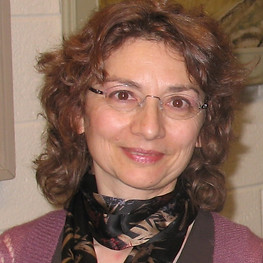
Société
mathématique
du Canada


Dr. Catherine Sulem
University of Toronto
Dr. Sulem received the degree Docteur ès Sciences in 1983 from the Université Paris-Nord. In France, she held positions with the CNRS at the University of Nice and the École Normale Supérieure in Paris. Since 1990, Dr. Sulem has been a professor in the Department of Mathematics at the University of Toronto. Over the course of her career, Dr. Sulem has served as an editor of several journals, including the Canadian Journal of Mathematics, Proceedings of the AMS, SIAM Journal of Mathematical Analysis, Mathematische Zeitschrift and Annales Mathématiques du Québec.
Dr. Nešlehová est une spécialiste mondiale des modèles de copules et de leurs nombreuses implications dans les statistiques multivariées, notamment en ce qui concerne l'analyse des risques et la théorie des valeurs extrêmes, un domaine auquel elle a apporté de nombreuses contributions exceptionnelles. Elle est bien connue pour promouvoir l'analyse statistique des risques dans les domaines de l'assurance et de la finance par le biais de ses travaux écrits et de cours de courte durée. Elle a également apporté des contributions clés à la théorie des processus empiriques et s'intéresse de près à l'application de la dépendance stochastique et des valeurs extrêmes au climat et à la finance. En 2019, Dr Nešlehová a été la récipiendaire distinguée du CRM-SSC Prize in Statistics.